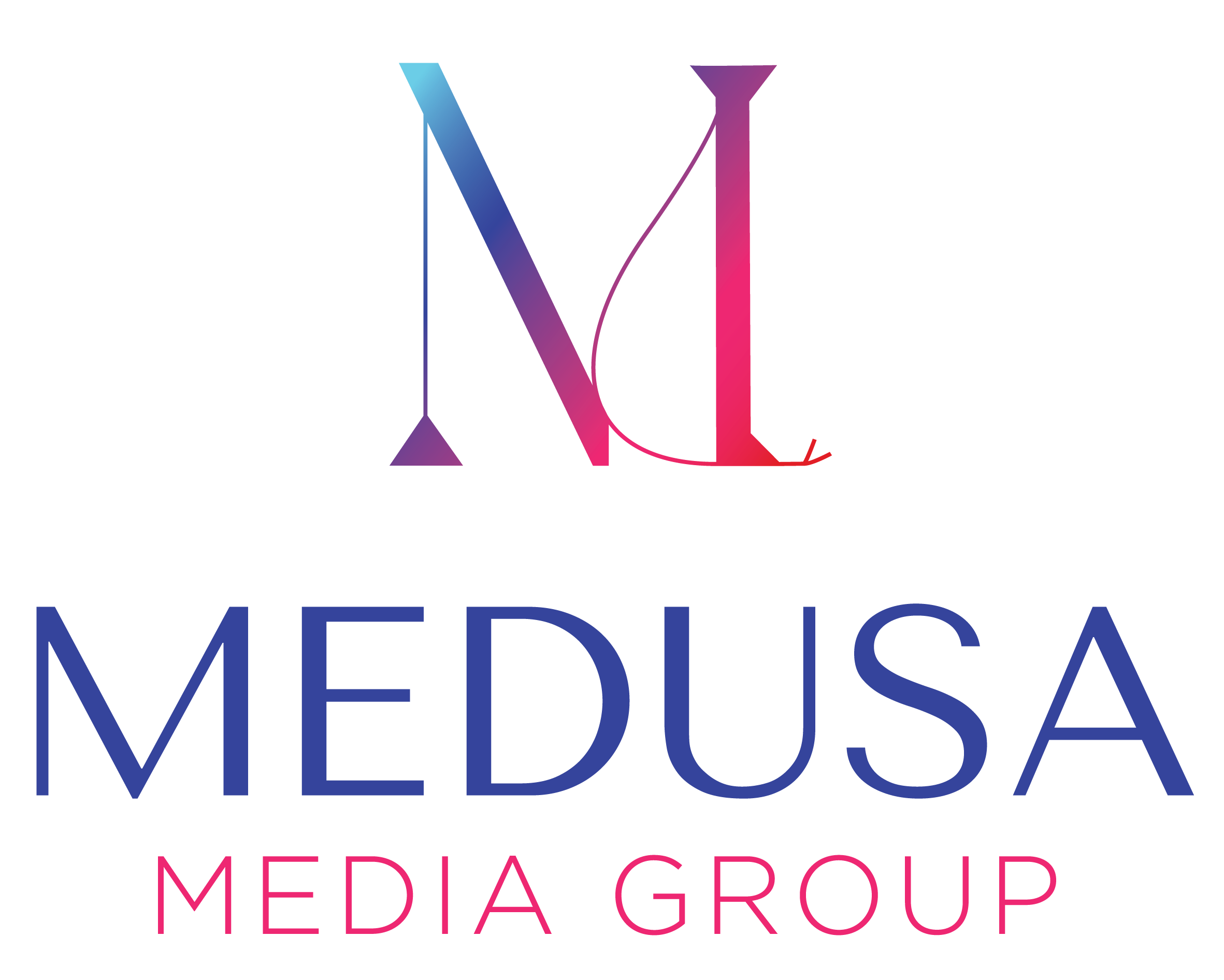 “What is your elevator pitch? Go.”
“What is your elevator pitch? Go.”
That is how Coffee with Mighty started last Monday. The topic was “Crafting your elevator pitch.” It was a touch daunting to walk into a room of new people and spout an elevator pitch, knowing that very pitch would soon be workshopped and taken apart. But it was a damn good exercise: it is so helpful to have a succinct and ready answer to the “what do you do?” question, and practice makes perfect. After going around the table and sharing our pitches, we dug in to the structure of crafting a stellar elevator pitch.
But first, networking
Does that word make you feel smarmy? Many people dread networking, the word itself makes them think of camouflaging ulterior motives or of using people for personal gain. A less loathsome perspective – and a true one – is to think of networking as befriending people. It’s starting a conversation. It’s making personal connections. You probably do this in your “normal” life all the time. Even if making friends doesn’t come easily to you, you’ve surely been in situations where it’s necessary and not that hard to chat with strangers (the dentist receptionist, maybe?). Networking is like that, too. It can help to think of “networking” as “hanging out.”
How do you do it in a way that’s both effective and sincere? It can be tiresome to hear the same one-two punch at networking events: “Hi, what’s-your-name-what-do-you-do?” So we discussed some conversation-starters that are NOT that:
- What brings you here today?
- Is this the first time you’ve attended?
- What are you working on?
Even with your getting-to-know-people outlook, you likely have goals for attending networking events, and you want to convey what you do. How do you do that gracefully? Well, people usually ask, because they are like you. They are there to learn about people. Heather, our gracious host and founder of The Mighty Web Shop, plays a game where she tries not to say what she does until explicitly asked. If you have any lingering smarmy feelings, such a game will kick them to the curb.
Convey what YOU do
There are a number of components of a good elevator pitch, and you will include some or all of them depending upon how long of a pitch you need. Here are the obvious contenders:
- What do you sell? Or, how would you answer the question “what do you do?” I’m a… Photographer, I sell photography services.
- Who is your ideal client? To whom do you sell photography services? Individuals who want beautiful portraits for their websites, promotional materials, and online dating profiles.
- Another approach: People come to me when they are ready for beautiful portraits…
- What value do you deliver? Why is your service important? A picture is worth a thousand words. People make quick judgments, and an excellent image on a website or profile will work hard to make your first impression memorable.
- This is where you talk about your benefits – not your features! (Remember benefits are what clients get from working with you, and features are the characteristics of your work process. Both are important, but a prospective client wants to know why your work is good for them, not how you do it!)
To take it even further:
- How are you different than your competitors? What about your background, experience, or methodology sets you apart? (Note: it can’t be “exceptional service” or “high quality products.” That’s a given.) My background as a model gives me a intimate understanding of what it’s like to be in front of the camera. My training as a graphic designer gives me a keen sense of composition.
- What is your unique perspective? Getting your picture taken should not be painful. You should feel at ease, confident, and excited!
- Counterintuitive perspectives are memorable. They could be, That selfie is embarrassing you, or No one takes good selfies.
- Another approach is storytelling. If the answers to these questions feel awkward, trying telling a client story instead: Last month a woman came in who had not had her portrait taken since she was a child, and….
Stay away from words such as “need” when you’re describing your services or ideal clients. Nobody wants to identify with neediness. Furthermore, make sure your descriptions are not shaming. For example: People who use selfies on their dating profiles or professional websites are shooting themselves in the foot…. No one wants to feel like they are making a mistake.
Heather recommended that elevator pitches should be understandable to a fifth grader. The vocabulary of your field is obvious to you, but could bewilder new acquaintances. Make it a point to listen when people reflect what you do back to you. The way they rephrase your features and unique perspective will let you know A) that you’re being understood, and B) other ways to describe your work. You already know what you do, so it’s important to be sure that you’re communicating that correctly to others.
Elevator pitches feel awkward at first, and they require refinement over time as you and your business change. It takes practice to stop saying, “I’m a photographer” (too broad) or “I do x, y, z to take great pictures” (these are features, not benefits!). But the more you practice, the easier your elevator pitch will roll right off your tongue. You will discover what words you like and get comfortable with them. You will get used to talking about your benefits and your unique perspective, and soon the language will feel native.
Go through the exercise. Practice with friends. When your initial bumbling makes you cringe, power through. Your future self will thank you when she shows up at that conference and answers “what do you do?” with ease and brilliance.
(Tamzin Smith attended Coffee with Mighty, and her photography business inspired my examples. Check her out – she is very talented!)
(photo taken by Eva Jannotta)







